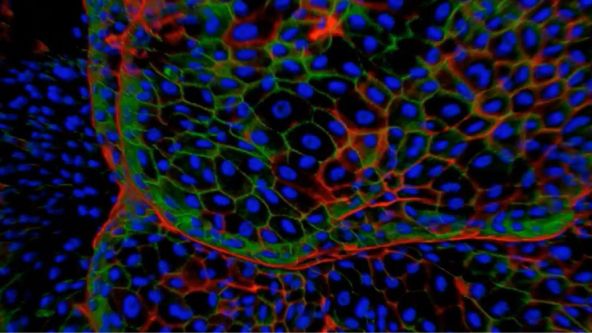Pregunte a los expertos
Nos complace recibirlo en este exclusivo portal, denominado Pregunte a los expertos, para que usted pueda hacernos sus consultas relativas al ámbito de la microscopía en las ciencias biológicas. Únase a los seminarios web en vivo dirigidos por nuestros expertos para discutir temas de vanguardia o comuníquese con ellos en cualquier momento para plantear sus preguntas y desafíos. ¿No pudo asistir a un seminario web? No se preocupe, es posible escucharlo nuevamente. ¿No se lista el tema de su interés? Utilice nuestro formulario de comentarios o póngase en contacto directo con nuestros expertos para obtener ayuda.
Seminarios web en vivo | Seminarios web por solicitud | Expertos
.jpg?rev=3E0D)
Objetivos microscópicos: Donde acontece la magia
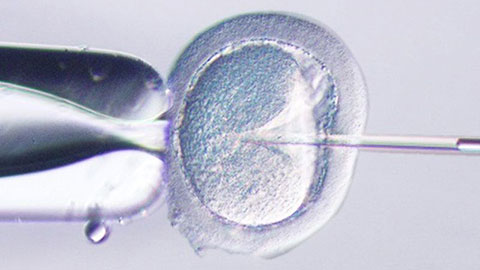
ICSI—Past, Present & Future
.jpg?rev=1940)
Segunda parte: Procesamiento de imágenes digitales — Filtro de procesamiento de imágenes avanzado
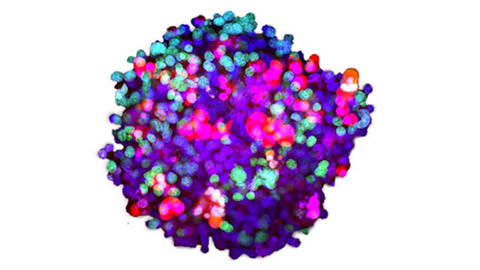
Análisis de imágenes tridimensionales de alto rendimiento de organoides y esferoides derivados de pacientes
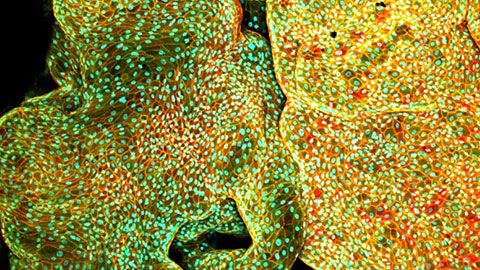
Depth Matters: Transforming Biology for More Realistic and Meaningful Pursuits
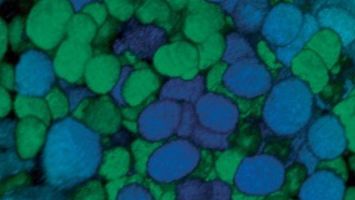
Olympus Organoid Conference 2021
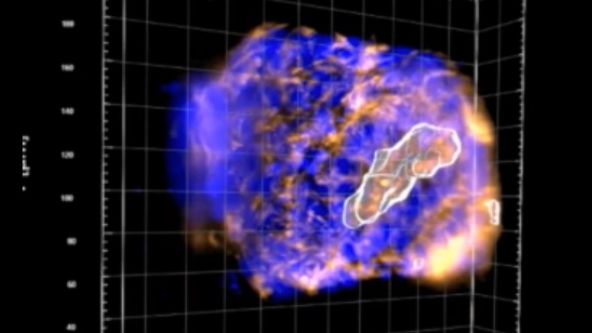
Culture and Quantitative 3D Imaging of Organoids: Challenges and Solutions
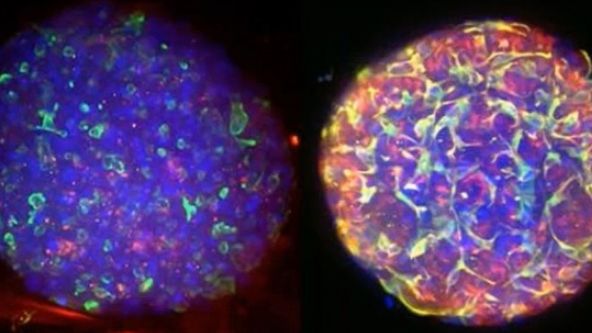
Converting from 2D to 3D: Bio-Techne Solutions for Your 3D Culture

Utilizing Tumoroids to Explore Anti-Tumor Immunity in Rectal Cancer

Tissue Optical Clearing Imaging: From In Vitro to In Vivo
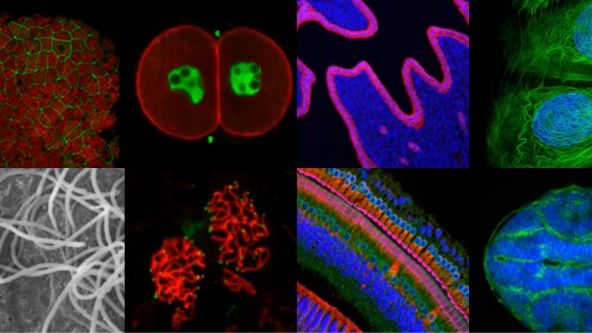
3D Microscopy: Understanding the Give and Take on Instrument Performance to Enable Informed Decisions
